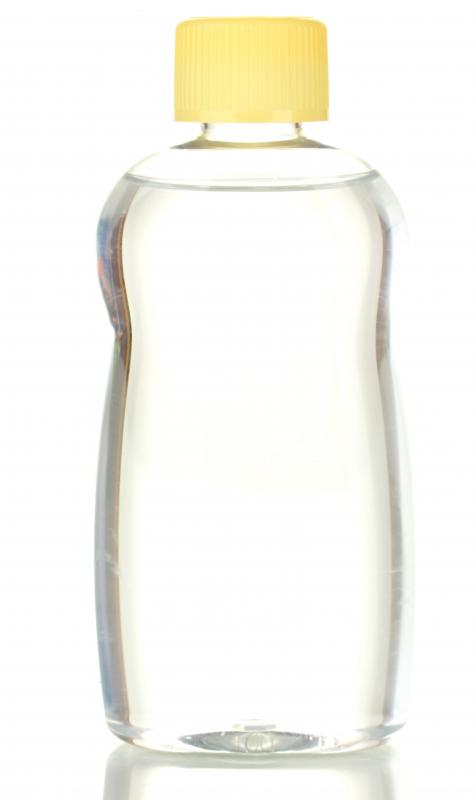At WiseGEEK, we're committed to delivering accurate, trustworthy information. Our expert-authored content is rigorously fact-checked and sourced from credible authorities. Discover how we uphold the highest standards in providing you with reliable knowledge.
What is Black Soapstone?
Black soapstone is classified as a soft, black, metamorphic rock. Soapstone is also called steatite or soaprock at times. Metamorphic rocks, such as this one, are formed from one type of rock through a physical change over time. The changes that produce this category of rocks are dynamothermal, or heat-based, and metasomatism, which involves a change caused by fluids and heat in combination. Although heat is involved in the formation of soapstone from a protolith, or origin rock, it is never formed by melting.
Black soapstone is also described as a talc-schist. It contains large amounts of the mineral talc, as well as quantities of the element magnesium. The ending syllable “schist” indicates that this rock is a member of a group of metamorphic rocks that typically contain significant amounts of minerals like talc, micas, hornblende, graphite and chlorite.

Schists are also known for having mineral grains that break off easily into flakes or slabs. Black soapstone often shares this characteristic to a certain extent. It is distinguished from other similar stones, however, by its “soapy” feel. Soapstone, including black soapstone, is found across the globe, making it readily available for everything from carvings to kitchen counter tops and tiles.
Black soapstone’s color is derived from a number of different factors. These factors include the presence of various chemicals and minerals that may have interacted long ago during the rock’s formation. No single cause or component can account for the colors found in any type of soapstone. When cut, black soapstone will react with the oxygen in the air and change from its original gray to a darker charcoal color.
Black soapstone’s characteristics make it ideal for carving. Some bowls and carvings date back as far as 1600 years ago. It is one of the softest, most malleable stones in existence anywhere. Molds that are used for casting soft metals are often made of soapstone, due in part to its ability to absorb and dissipate heat evenly.
Soapstone is used very frequently for counter tops; with black soapstone being a popular choice. The color and texture of all types of the stone is why it is such a popular choice. Marks and scratches to counter tops can be fixed by carefully sanding the affected area and applying mineral oil after that. Applying mineral oil can also serve to deepen the existing color or make the veins in the rock stand out more prominently.
AS FEATURED ON:
AS FEATURED ON:











Discussion Comments
@drtroubles - We actually have a black soapstone kitchen and it is still looking amazing after 3 years. We were really happy with our soapstone tiles and countertops.
I wouldn't worry about chipping the soapstone counters as they are quite hard. I think you have more of a chance chipping your dishes on them then vice versa. I am not sure if they use the same soapstone to carve as they do to make countertops, but ours are very strong. It really has a similar feel to marble without the price tag.
Another thing I like is that soapstone counters are really easy to clean. I find the stone very hygienic.
Has anyone ever had soapstone counters installed in your kitchen?
My wife is currently looking at different stone options and she really likes the black soapstone countertops she was shown at the store. Apparently Brazilian black soapstone is quite popular for those who are looking to renovate their kitchens with a sleek and modern look.
I was always under the impression that a soapstone countertop would chip easily because the stone is so soft. Do they treat the stone, or is it just a look we are paying for?
I am really worried that the soapstone countertops won't last long and we'll get stuck replacing them in a few years due to wear and tear.
Post your comments